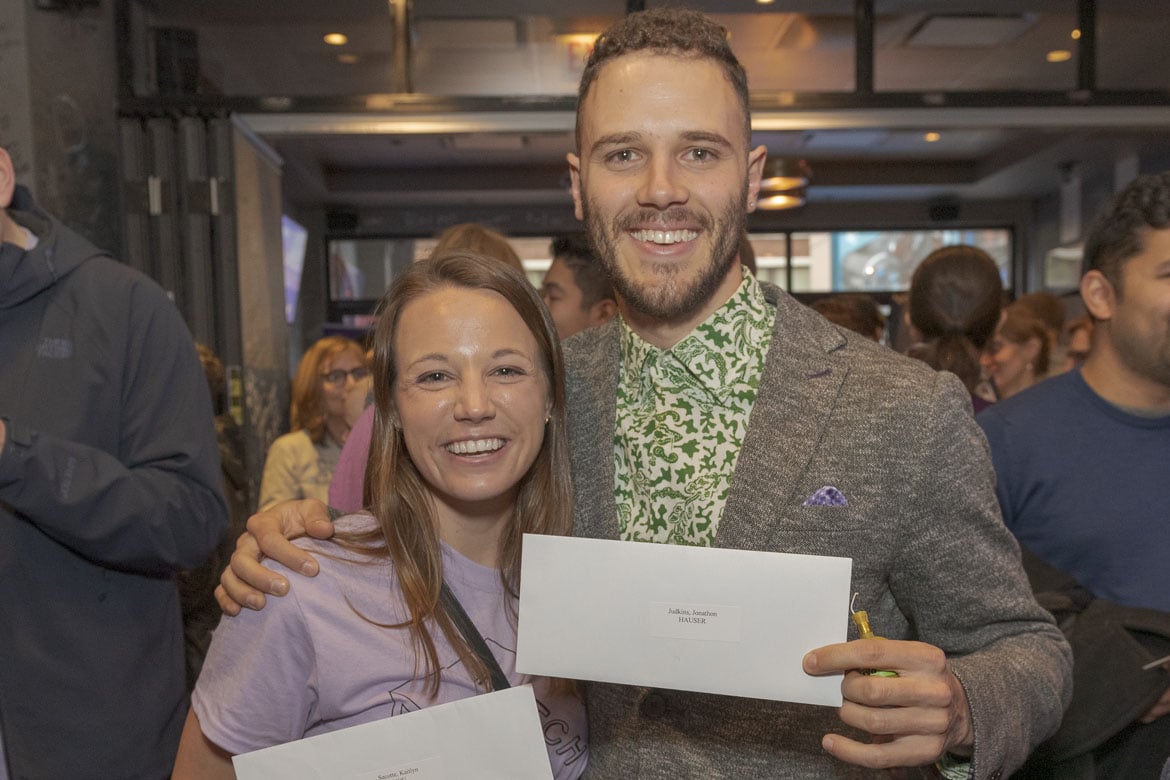Match Day 2020 takes place Friday, March 20. In advance of that career-defining day, here’s a look at how things played out for 2019 applicants to residency spots.
The 2019 Main Residency Match was larger than any that preceded it, according to the National Resident Match Program (NRMP). The total record-high 38,376 applicants submitted program choices for 35,185 positions.
The number of available first-year (PGY-1) positions rose to 32,194, an increase of 1,962 (6.5%) over the prior year. That increase in opportunity reflects the growth in the number of osteopathic programs joining the Main Residency Match as a result of the ongoing transition to a single accreditation system for graduate medical education (GME) programs.
The number of U.S. allopathic medical school seniors saw a modest rise of about 100 from the prior year. The 93.9% match rates for such applicants holds with recent trends. Because of the shift in GME, the number of U.S. osteopathic medical school students and graduates who submitted program choices also hit a record high of 6,001, an increase of about 1,400 over last year. Among that group, a record 84.6% matched to PGY-1 positions, up from 81.7% in 2018.
At 59%, the match rate for U.S. citizen international medical graduates (IMGs)—more than 5,000 submitted program choices—was the highest since 1991. The 58.6% match rate for non-U.S. citizen IMGs was 2.5 percentage points higher than 2018.
If you’re an M3 looking ahead to next year’s Match, you should know that FREIDA™, the AMA Residency & Fellowship Database®, offers more than 35 filters to sort programs by location, program type, application information, demographics, benefits, special tracks and more.
And if you’re still deciding which specialty to pursue, the AMA’s Specialty Guide simplifies medical students’ specialty selection process, highlights major specialties, details training information, and provides access to related association information.
The AMA’s “Shadow Me” Specialty Series, meanwhile, offers advice directly from physicians about life in their specialties. Check out her insights to help determine whether a career in psychiatry and addiction medicine might be a good fit for you.
Stress, joy run in great supply
The Match Day ceremony for students from Chicago’s Northwestern University Feinberg School of Medicine took place at a restaurant adjacent to the medical school. Poppers exploded when the decisive moment arrived, giving the event a New Year’s Eve feel.
Jonathon Judkins, MD, and his girlfriend Katie Sacotte, MD, (pictured on Match Day 2019) matched together through the NRMP’s Couples Match—993 couples did so last year. They matched into residency programs at Oregon Health & Science University in Portland. Dr. Judkins will be entering OHSU’s internal medicine residency program while Dr. Sacotte will be training in pediatrics.
“I’m relieved it’s over and glad we’re in the same place,” Dr. Judkins said. “Doing it with another person, there’s a fine balance. You’re looking out for what’s going to be best for your career and what’s going to be best for your significant other. It’s stressful, but definitely exciting too.”
Learn more about the do’s and don’ts of the Couples Match.
Competitiveness among specialties
Of the total positions offered, the fill rate was 95%. Specialties with more than 30 positions that filled all available positions were: integrated interventional radiology (categorical and advanced); otolaryngology; physical medicine and rehabilitation (categorical); integrated plastic surgery, surgery (categorical); and thoracic surgery.
Specialty competitiveness is generally measured by the percentage of positions filled by graduates of U.S. allopathic medical schools.
Five specialties with more than 30 positions offered had a U.S. senior-fill rate of more than 90 percent. They were:
- Otolaryngology—93.9%.
- Integrated plastic surgery—91.9%.
- Thoracic surgery—91.9%.
- Neurological surgery—91.8%.
- Orthopedic surgery—91.8%.
Keeping tabs on primary care
At 15,946 positions offered, the number of available primary care positions grew nearly 8%. U.S. allopathic medical school seniors filled 45.6% of the available spots in the primary care specialties—family medicine, internal medicine, internal medicine-pediatrics, internal medicine-primary, pediatrics and pediatrics–primary.
There were some other noteworthy developments among the specialties.
Emergency medicine (with 210 more positions available than in 2018), and psychiatry (up by 184 positions) both filled nearly 99% of their positions and were among the specialties that saw the most significant growth in opportunity.
Other specialties with at least 30 PGY-1 positions that saw a rise of more than 50 first-year positions over 2018 were:
- Anesthesiology—84 more positions, a 6.7% increase.
- Obstetrics and gynecology—59 more positions, a 4.4% increase.
- Neurology—65 more positions, an 11.8%increase.
Meanwhile, the number of general surgery (categorical) positions has risen by 208 since 2015 (17%), with 113 of those added this year.
Radiation oncology advanced programs, which require a preliminary year of training before entering specialty training, offered 192 positions, 15 more than in 2018. But 29 of the slots went unfilled, a drop from prior years when only a handful of positions were unfilled. The number of positions filled by U.S. allopathic seniors declined by 15 percentage points.
Learn about what to do if you don’t match.




